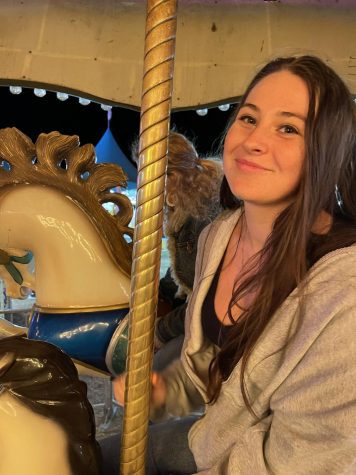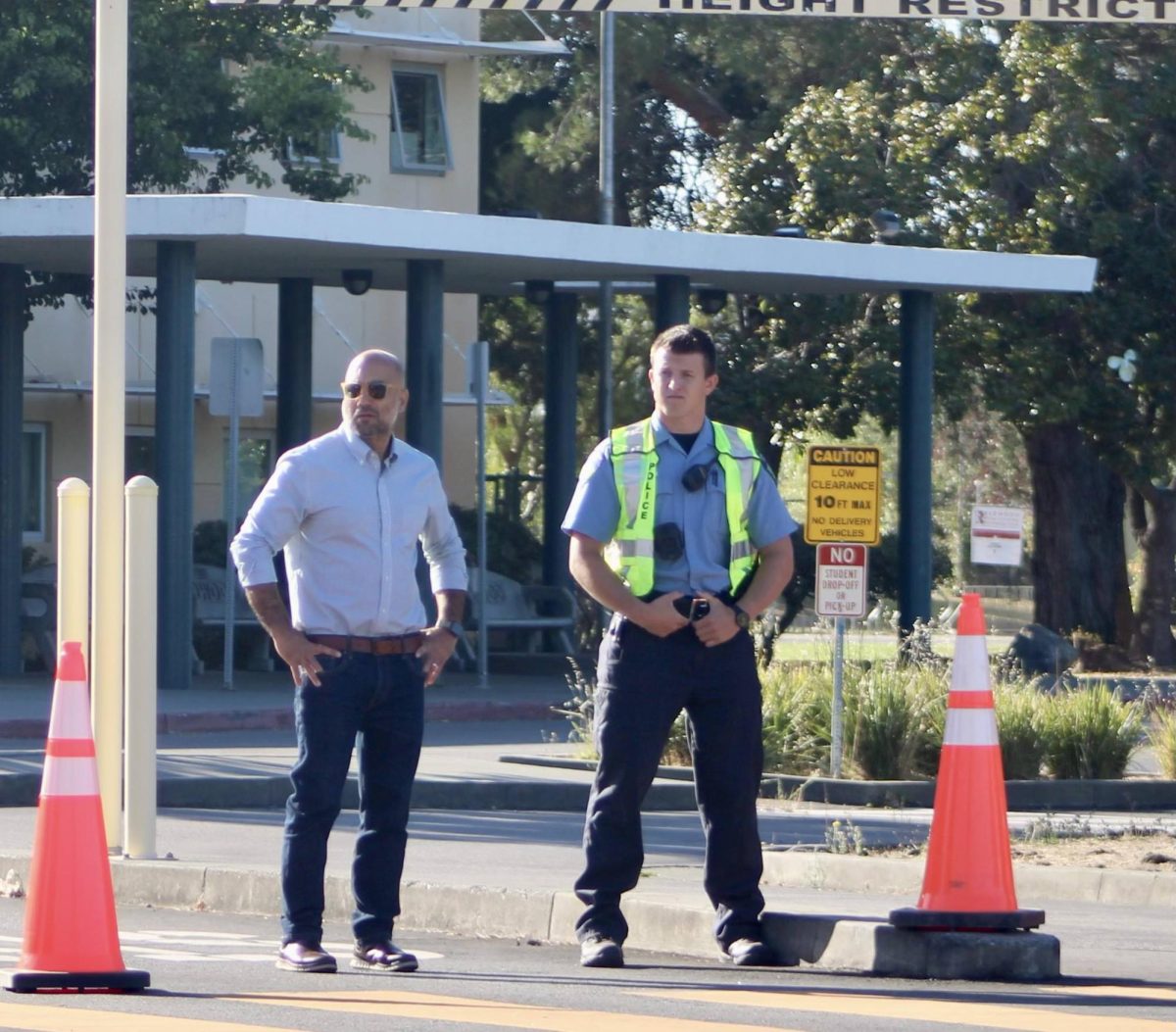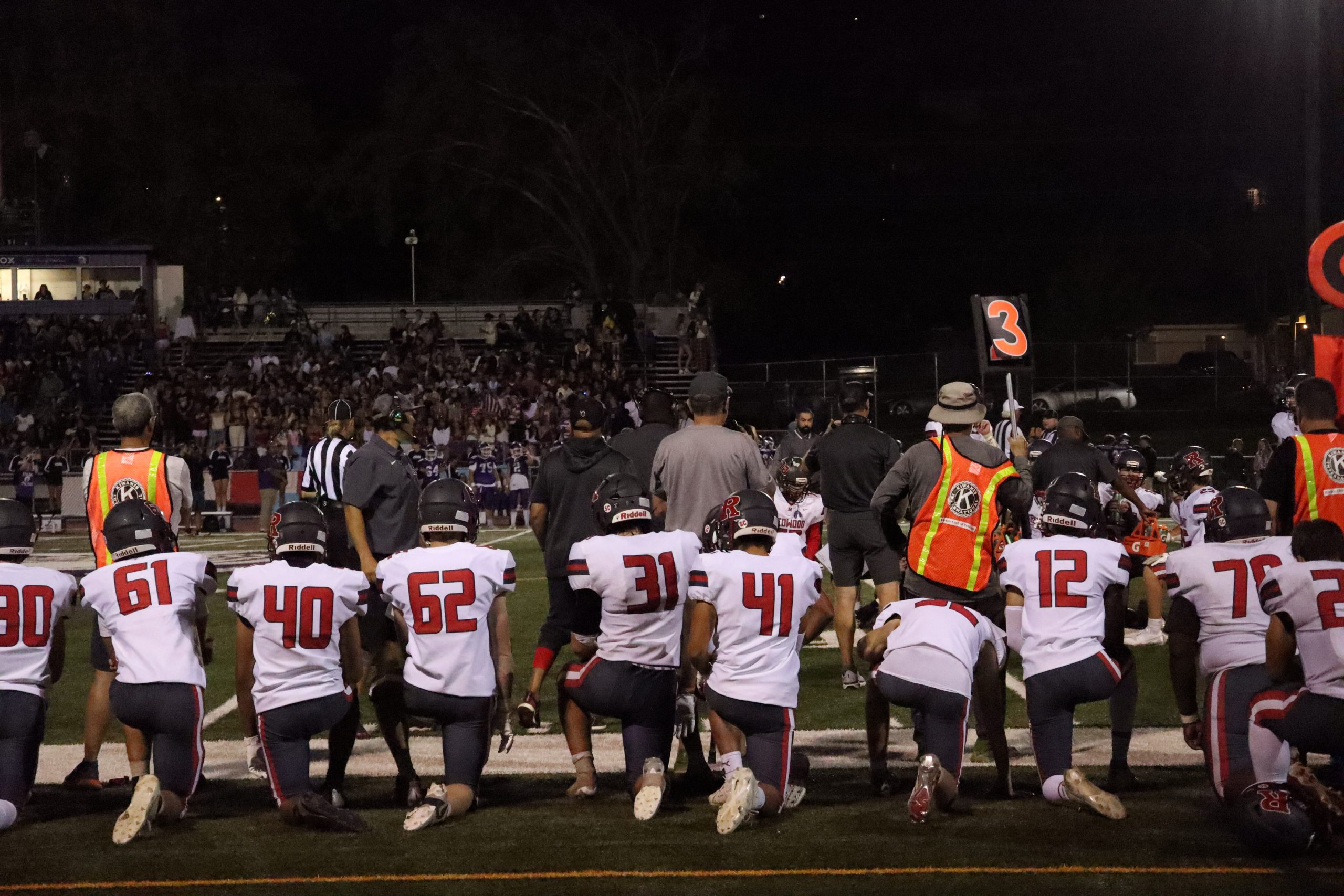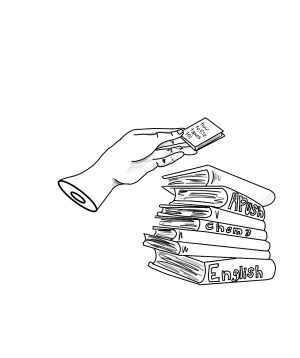Potential new Data Science pathway offers real-world math alternative
March 24, 2023
The Tamalpais Union High School District (TUHSD) Math Task Force is exploring a potential new data science pathway as part of the district’s math curriculum starting in the 2024-25 school year. This change is occurring primarily in response to the University of California’s (UC) new admissions math readiness requirements.
In August 2021, the UC Board of Admissions revised its policy to allow students to pursue courses other than a second year of algebra to fulfill the minimum UC admissions requirements. Instead of taking Intermediate, Advanced or Honors Advanced Algebra in their junior year, students could instead take a year-long Introduction to Data Science course as an upper-division math elective. This course could ultimately lead to a second year of data science, an Advanced Placement (AP) Statistics class or an AP Computer Science class during students’ senior year.
The new Data Science pathway will teach students how to evaluate data and code in the “R” programming language. The “R” language is used for statistical computing and helps users evaluate and understand data. Senior Director of Curriculum and Instruction, Paula Berry, explained that data science can demonstrate the real-world applications of algebraic concepts.
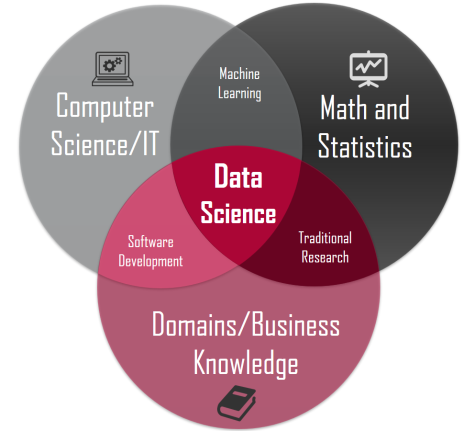
“What’s really neat about these data science classes is that they are all coding-based courses,” Berry said. “Yet these classes also allow students to access these big, giant databases that can be integrated into the course curriculum.”
The data science pathway also enables students to explore more career-oriented topics, according to math teacher Heather Curtaz.
“If kids were interested in programming or AP Statistics, this would be a good class to show them what that field is like,” Curtaz said.
In its August 2021 statement, the UC stated that courses incorporating applied math along with science or career technical education, like data science, achieve its definition of advanced mathematics. Berry explained how this new UC focus ties into Redwood’s educational goals.
“There’s this push [at the UC level] to provide students with the opportunity to become more fluent in coding, understand how to look at data with a critical lens and make meaning of that data,” Berry said. “At Redwood, we want to start emphasizing college and career pathways because it’s an area of growth in our district too. Will students have experienced courses and schooling that leads them to a college and career they’re interested in because they’ve been inspired? We want our kids to choose a pathway into college because they have developed these interests [at Redwood].”
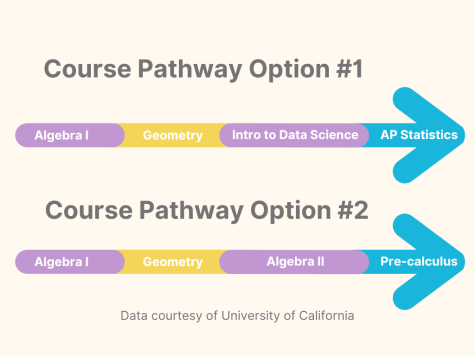
This change does not enjoy universal support. Berry acknowledges that Algebra II is widely viewed as a critical educational requirement for careers in science, technology, engineering and mathematics as well as for admission to many private universities, so data science may not be suitable for all students. Also, students may choose data science instead of Algebra II to avoid taking another algebra course. Research by WestEd shows that Algebra I is the single most failed course in American high schools; even students who do well in Algebra I may not master the content well enough to succeed in Algebra II, and often find algebra “boring and irrelevant.”
Addressing these concerns, data science supporters assert this pathway might be the opportunity to invigorate the math curriculum and even the key to improving algebra instruction. Data science tools such as interactive visualizations can provide teens with a more hands-on and engaging approach to learning algebra.
TUHSD’s Math Task Force is spending the 2023-24 school year determining the curriculum and writing a course of study, getting that instructional plan approved by the TUHSD board, submitting the plan to the UC for their approval and then running a pilot program during the 2024-25 school year.


